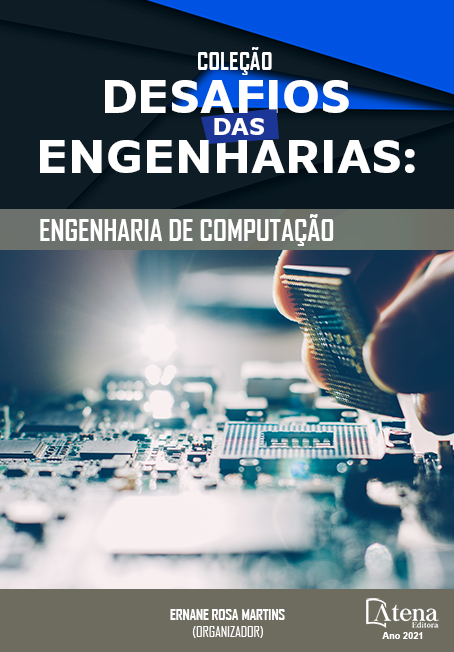
ESTUDO DO MOVIMENTO DOS CORPOS MOEDORES NO PROCESSO DE MOAGEM UTILIZANDO O MÉTODO DOS ELEMENTOS DISCRETOS
Neste trabalho mostrou-se as simulações do movimento dos corpos moedores juntamente com minério no interior de um moinho de bolas em escala de laboratório, utilizando-se o Método dos Elementos Discretos (MED) com o coeficiente de atrito µ=0,51 e com moinho operando com 57%, 60%, 65%, 70%, 75% e 80% da sua velocidade crítica. O comportamento da dinâmica do processo de moagem foi observado a partir de experimentos realizados no laboratório, onde se obteve uma distribuição granulométrica para as malhas de +30#, +50# e +80#, onde os seus deslocamentos foram analisados para os tempos de 30s, 180s, 300s, 360s, 480s e 600s e comparando-os com os obtidos pela simulação computacional em 2D, realizada no software de simulação DEMpack®. Verificou-se a presença dos regimes cascata e catarata nas simulações, tal fato foi possível devida à variação da velocidade crítica do moinho mesmo com um grau de enchimento (J) de aproximadamente 50%. Devido à existência dos dois regimes de operação cascata e catarata na moagem, houve uma diferença na distribuição granulométrica em parte das moagens realizadas experimentalmente.
ESTUDO DO MOVIMENTO DOS CORPOS MOEDORES NO PROCESSO DE MOAGEM UTILIZANDO O MÉTODO DOS ELEMENTOS DISCRETOS
-
DOI: 10.22533/at.ed.87021180825
-
Palavras-chave: Moinho de bolas, Moagem, Método dos Elementos Discretos.
-
Keywords: Ball mill, Grinding, Discrete Element Method.
-
Abstract:
In this work, movement simulations of grinding bodies together with ore were shown, inside a ball mill, on a laboratory scale, using the Discrete Elements Method (MED), with the friction coefficient µ = 0 , 51 and with mill operating at 57%, 60%, 65%, 70%, 75% and 80% of its critical speed. The dynamics behavior of milling process was observed from experiments carried out in laboratory, where a granulometric distribution was obtained for the meshes of + 30 #, + 50 # and + 80 #, where their displacements were analyzed for the times of 30s, 180s, 300s, 360s, 480s and 600s and comparing them with those obtained by 2D computer simulation, performed in the DEMpack® simulation software. The presence of cascade and cataract regimes was verified in simulations, this fact was possible due to the critical speed variation of mill even with a degree of filling (J) of approximately 50%. Due to the existence of two regimes cascade and cataract operation in the milling, there was a difference in the granulometric distribution in part of the millings carried out experimentally.
-
Número de páginas: 21
- Neilor Cesar dos Santos
- WLADMIR JOSÉ GOMES FLORÊNCIO


